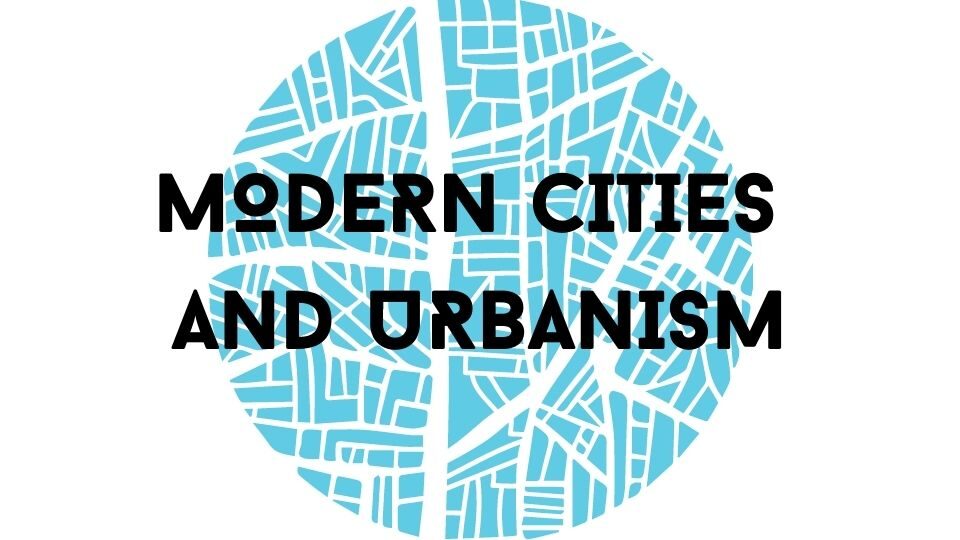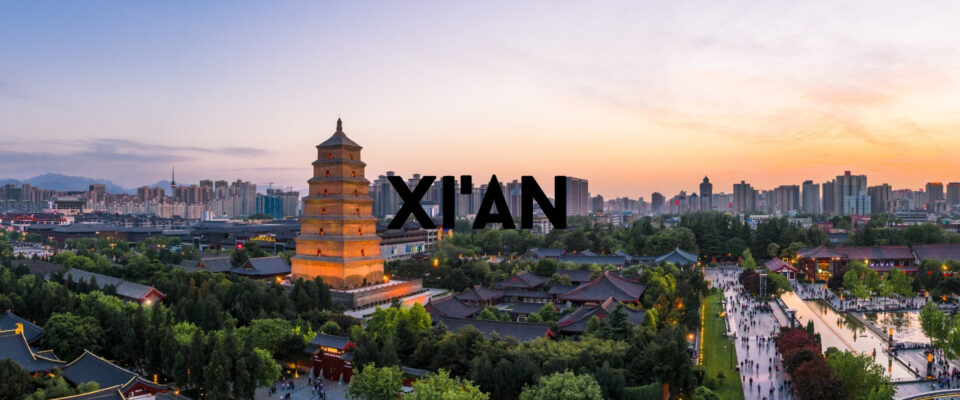Built on the southern edge of China’s Loess Plateau in the south-central part of Shaanxi province, Xi’an is known as an ancient capital, a bustling center of trade and culture, and the eastern terminus of the Silk Road that connected China and Europe.
Xi’an traces its history to 202 BCE when the emperor of the Han Dynasty (206 BCE – 25CE) built the city of Chang’an as the capital of his vast empire. The city reached its full glory during the Tang Dynasty (618 – 907) as one of the most populous, modernized, and organized cities in the world. The blueprint of the ancient capital not only guided city planners in China for generations to come but also influenced the designs of cities in Japan and Korea.
After the fall of the Tang Dynasty in the early 10th century, Xi’an declined in size, population, and significance. While it remained a trading center for China and Central Asian countries, the city never regained its former glory. In the 1930s, facing the invasion of the Japanese military and the imminent capture of the capital, Nanjing, the Republican government entertained a plan to revitalize Xi’an as the temporary capital during wartime but abandoned it in favor of Chongqing before serious expansion efforts went underway.

After the founding of the People’s Republic in 1949, Xi’an became an industrial stronghold especially after China launched the Third Front Movement transporting key industries to inland cities fearing impending military conflicts with either the United States or the Soviet Union. Against this backdrop, Xi’an solidified its position as a research and manufacturing base of China’s aerospace industry.
In recent decades, tourism has risen to become a major component of the city’s identity and economy. Today, it is known domestically and internationally as the home of the Terracotta Warriors and a food capital in China. Walking down the streets of Xi’an, the continuities and changes throughout the city’s 2000 years of history—be they intentional or not—are wonders to behold, for the remnants of the ancient glory of Tang Chang’an are found not only in museums but also in the landscape of the contemporary city.

